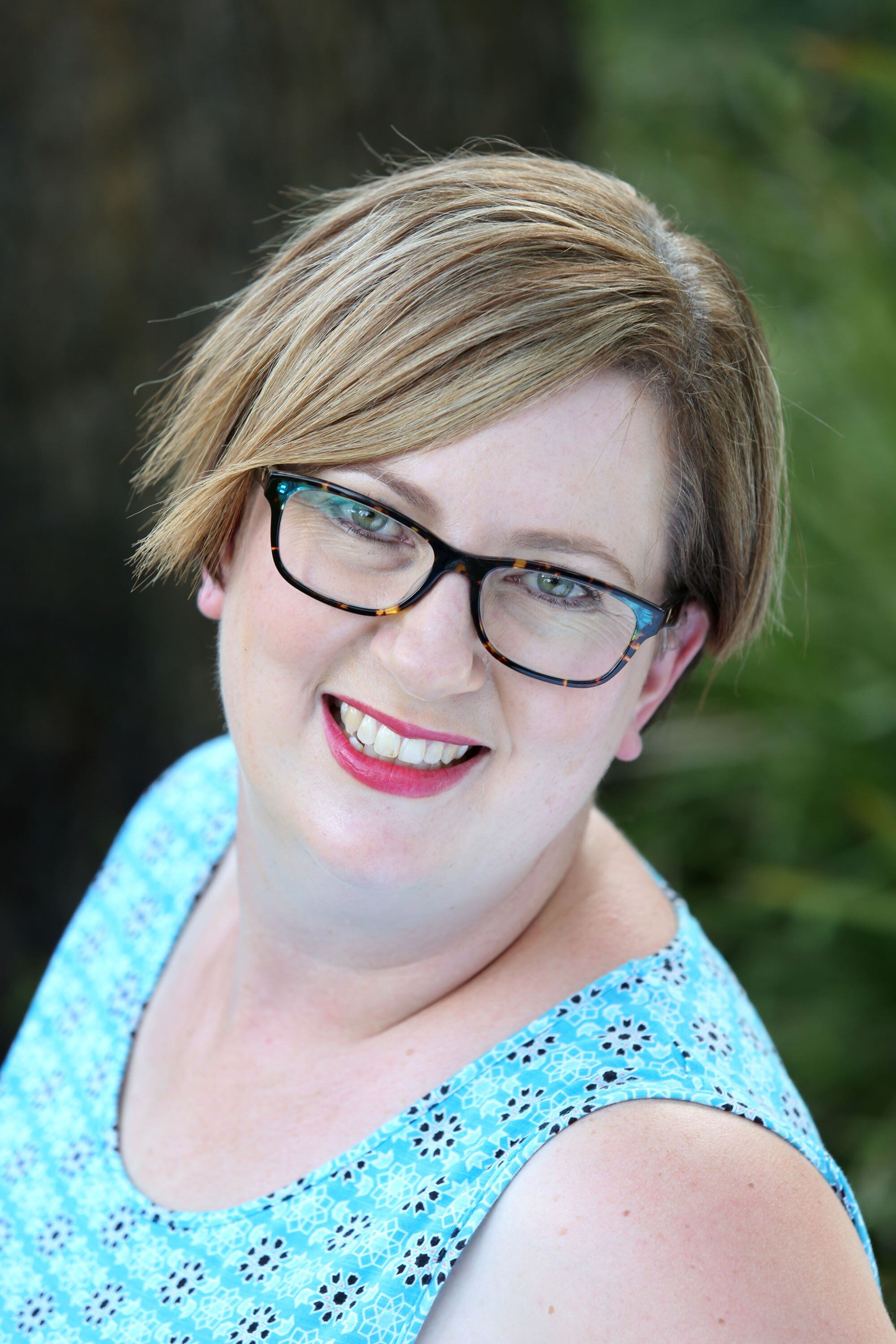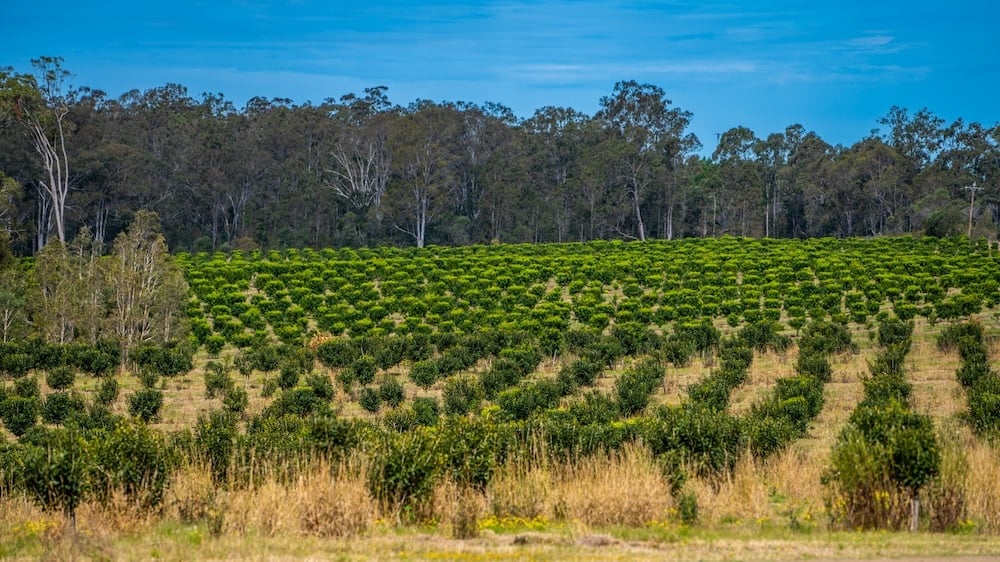Inside this year’s biggest farm sales
Australia’s biggest farm sales of 2025, as reported on by AuctionsPlus, delivered another year of blockbuster rural transactions, led by the roughly...
6 min read
 Kylie Dulhunty
:
Nov 6, 2024
Kylie Dulhunty
:
Nov 6, 2024

Buyers are showing up for prime rural properties, from Hermidale’s value-for-money farmland to South Australia’s century-old Wilkatana Station. With grazing values holding steady despite shifting market sentiment, these properties are proving resilient.

Size: 4,500ha
Location: Hermidale, NSW
Sale method: AuctionsPlus online auction on November 27 at 11am.
Price guide: About $3 million
A “value for money” mixed use property at Hermidale has attracted solid interest from buyers in southern and eastern NSW.
‘Kallara’, a 4500ha property on Kallara Rd, is listed for online auction with AuctionsPlus on Wednesday, November 27 at 11am, with Nutrien Harcourts Cobar Principal, David Russell, tipping the property would fetch around $3 million.
“It’s a freehold property, not far off the Barrier Highway, and it’s in the Hermidale area, which is renowned for being good, dry land farming country,” he said.
“It’s got more country that you can improve on it, there’s about 300 Santa Gertrudis cattle grazing on it at the moment and it’s a very diverse little block.”
The property, which is about 75km from Nyngan and Cobar, has undulating red loam and gravel rises with diverse native vegetation.
About 1,200ha have been cultivated, with 240ha fallowed from the 2024 crop, while water needs are met by eight dams.
The property includes a comfortable three-bedroom homestead, a spacious pergola, fenced house yard, and Atco quarters with four additional bedrooms, plus a large machinery shed.
Kallara is fenced into 10 grazing and five holding paddocks, and is serviced by nearby Hermidale Village, making it a well-equipped agricultural site with strong grazing potential.
Mr Russell said there had been solid interest from buyers coming from the Wagga and Orange areas.
“There’s been a little bit of interest locally, but mostly southern and eastern people looking at value-for-money country,” he said.

Sentiment in Australia’s rural grazing property market has waned but values have held steady at their historic highs, new research reveals.
According to Herron Todd White’s Month in Review for October, diminished confidence has been driven by extended selling periods, rising interest rates, and declining livestock prices from record levels seen in 2022.
But Herron Todd White Director Frank Peacocke said cattle prices had inched their way back towards a longer-term average price this year, which had, along with reasonable optimism for export demand, seen confidence improve.
“There have also been better than expected, average to above average seasonal conditions across large areas of eastern Australia in the year-to-date, which, coupled with the stabilised cattle market, is underpinning grass sales in some regions,” he said.
“To some extent, the forward-looking stability in the cattle market, combined with what remains of significant cash reserves generated on grazing properties by extraordinarily high earnings between 2019-20 and 2022, appear to have countered the impact of rising costs and other economic headwinds, for the short-term at least.”
Seasonal conditions more favourable than those predicted has led to better positioned purchasers returning to active status in the market more recently. However they can be more selective due to higher numbers of spring listings available to choose from.
“Overall the market is currently stable for A-class property (although most properties are experiencing more days on market) and B- and C-class property is flattening to slightly discounted,” Mr Peacocke said.
In New England, grazing sentiment has softened, but strong spring conditions have bolstered local cattle prices. The regions around Armidale, Inverell, and Tamworth are experiencing robust pasture growth, pushing prices higher as livestock carrying capacity improves.
There is a growing likelihood that a locally-driven grass-fed market could overshadow overseas demand if favourable conditions persist into the warmer months across south-eastern Australia.
This year started with promise for Central Western Queensland’s grazing industry following early storms in late 2023, but conditions quickly deteriorated. Patchy rain from January onward and harsh winter frosts have left pastures with minimal nutritional value, forcing producers to feed supplements to maintain livestock.
As a result, more cattle are hitting the saleyards to offset rising feed costs, with Blackall Saleyards processing up to 6,500 cattle every fortnight. However, smaller livestock producers, particularly those with goats and sheep, are facing tougher conditions.
“In short, small animal producers are in a lot of pain, with many becoming quite disillusioned and pessimistic about their ability to stay producing goats, sheep or wool,” Mr Peacocke said.
While goat prices have slightly recovered from early-year lows, bottlenecks in processing due to labour shortages have kept prices volatile, with producers facing long wait times at abattoirs. Sheep producers are faring slightly better, although fluctuating lamb prices and the anticipated closure of the live sheep trade have added uncertainty. Wool growers, too, are struggling as wool prices lag behind production costs, with some reporting that 40% of wool sales are consumed by shearing expenses alone.
In contrast, cattle producers are holding steady, though they continue to bear high feed costs. Grazing property prices reflect this split; properties suited for cattle are selling well, with prices ranging from $5,500 to $14,000 per adult equivalent depending on improvements, grass cover, and location, showing stability and even gains over 2023 values.
Improved seasonal conditions across southern Queensland and northern NSW have lifted livestock prices significantly, with the Eastern Young Cattle Indicator up 40-45% and the National Trade Lamb Indicator nearly doubling from last year.
The American beef herd rebuild is contributing to this price strength, which has in turn boosted confidence levels. However, high interest rates and strong input costs are shifting the market away from a seller’s advantage, with more properties now selling via private treaty rather than auction.
Larger property aggregations are attracting interest from family operators and corporate buyers, sustaining sales. Mr Peacocke said he didn’t like to generalise but recent sales have included Charleville grazing land at around $510/ha and Oakey irrigation land at about $40,000/ha. Inner Downs and South Burnett properties have fetched between $10,000 and $20,000 per adult equivalent, showing steady values within expected ranges.
An above-average 2023/24 wet season in the Northern Territory and eastern Kimberley has led to well above average pasture growth, easing the income strain from lower cattle prices. The Darwin feeder steer price has recovered to around $3.20 per kilogram, an improvement from late 2023's low of $2.60, though still well below 2022 highs.
This recovery is partly due to new client interest and the re-opening of ESCAS-certified abattoirs. However, export demand remains subdued, with doubts about returning to pre-Covid levels due to Indonesia's shift towards importing Indian buffalo meat and Brazilian beef.
The heavy reliance on Indonesia's market has been disrupted by recent Indonesian government policies that favour cheaper, imported frozen products.
"The shift towards buffalo and beef imports from India and Brazil may influence the demand for Australian products and shows a growing narrative of a shift away from Australia," Mr Peacocke said.
In the Alice Springs region, pastoral land values are holding steady with recent sales, such as Murray Downs, selling for $42 million at around $2,800 per adult equivalent. Another notable sale includes the floodplain property Woolner near Darwin, purchased by Rallen Australia for $49 million, which underscores industry confidence in live exports despite current challenges.
“This acquisition by Rallen Australia, who have significant other breeding properties through the north of the Northern Territory, is an expression of the faith the industry still has in the live export market despite the burgeoning headwinds," Mr Peacocke said.

Size: 44,696ha
Location: Yarrah, South Australia
Sale method: Auction, November 20 at 2pm at Central Oval Complex, Port Augusta
Price guide: N/A
An iconic South Australian pastoral property held in the one family for more than a century has attracted more buyer interest than any other property in the selling agent’s near 20-year career.
Ray White Rural South Australia joint principal and auctioneer, Geoff Schell, said Wilkatana Station, near Port Augusta, had attracted both national and international attention ahead of its November 20 auction.
He said the property, which comprises 44,696ha of semi-open myall shrubland and takes in views of the breathtaking Flinders Ranges on its eastern side, was a unique offering.
“The level of inquiry has been incredible and it’s been widespread,” Mr Schell said.
“I think there’s been 130 inquiries which, in my 18-plus years in real estate, that’s never happened.
“Interest has come from other pastoralists here in South Australia and NSW, there’s mixed cropping-type farmers, cropping/lifestyle farmers looking for opportunities with pastoral property.
“So the interest is coming from existing people in the industry and right across Australia.
“We have had some overseas inquiries.”
The property has been in Melbourne-based seller Tony Sawer’s family for 123 years and represents a rare chance to acquire an agricultural and tourism gem.
Mr Schell said Wilkatana Station was a testament to many years of sustainable land management and continuous reinvestment in infrastructure.

Wilkatana Station has attracted more buyer interest than any other property in the selling agent’s near 20-year career. Pic: Supplied
The property has a carrying capacity of around 5,000 ewes and 150 cattle, making it a high-quality sheep and cattle operation, with significant infrastructure already in place.
"As soon as I stepped onto Wilkatana Station, I could tell it had been conservatively grazed for many years,” he said.
“The water infrastructure, the fencing and the condition of the land are exceptional. Stock water is the real feature here."
One of the standout features of Wilkatana is its abundant and high-quality stock water supply.
The station is serviced by three main bores and a spring, with water transported through an extensive pipeline network monitored by a telemetry system.
“The quality of the water is good enough to make a cup of tea with it,” Mr Schell said.
“The main bores are located back in the Flinders Ranges portion on the eastern side of the property, which is about 200m higher than the western portion, allowing gravity to distribute stock water across the property.”
In addition to its agricultural grazing value, Wilkatana Station offers untapped tourism potential.
The eastern portion of the property takes in the spectacular Flinders Ranges, making it an ideal location for eco-tourism ventures.
Attractions include breathtaking 4x4 tracks, the renowned Heyson trail providing wonderful bushwalking tracks and historical sites such as Eyre Depot, where explorer Edward John Eyre camped during his journey north in 1839.
Managed for 38 years by highly respected manager Andrew Smart, the property has seen consistent reinvestment by the Sawers family in key areas such as fencing, water systems and buildings.
The well-appointed homestead, manager’s residence, and 8-stand shearing shed, along with various sheep and cattle yards, provide a solid foundation for the next owner.
The station’s elevation and proximity to high-voltage transmission lines also make it a viable site for pumped hydro energy storage.
The property will be auctioned on November 20 at 2pm at the Central Oval Complex in Port Augusta.
Posts By Tag
.png)
Australia’s biggest farm sales of 2025, as reported on by AuctionsPlus, delivered another year of blockbuster rural transactions, led by the roughly...

Each week, we take the pulse of rural property - from sales data to who’s making headlines. Check out this week's report from Kylie Dulhunty.

Each week, we take the pulse of rural property - from sales data to who’s making headlines. Check out this week's report from Kylie Dulhunty.